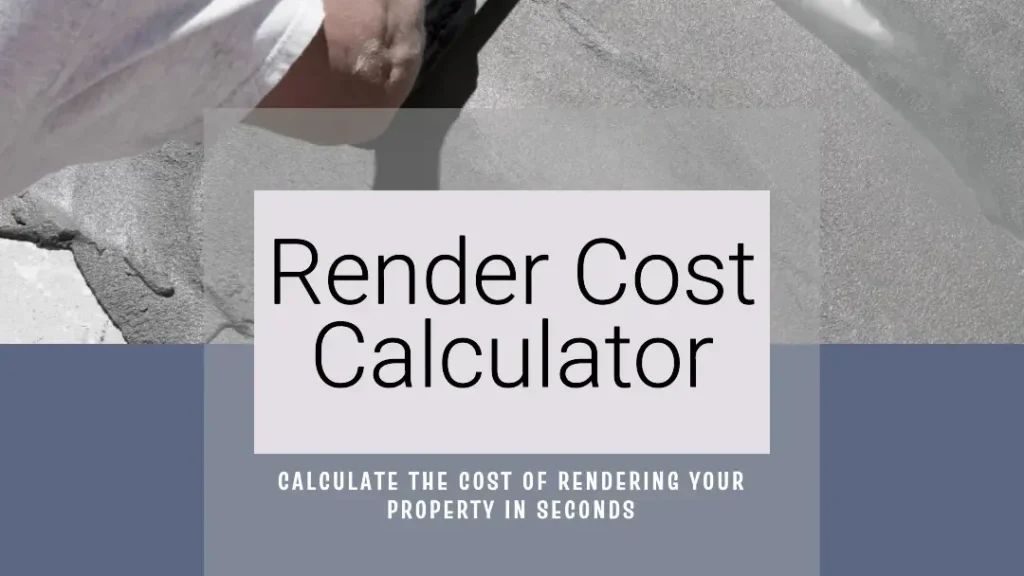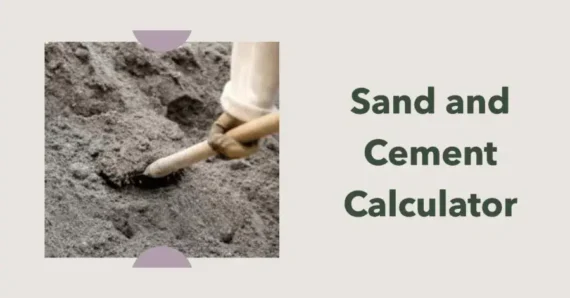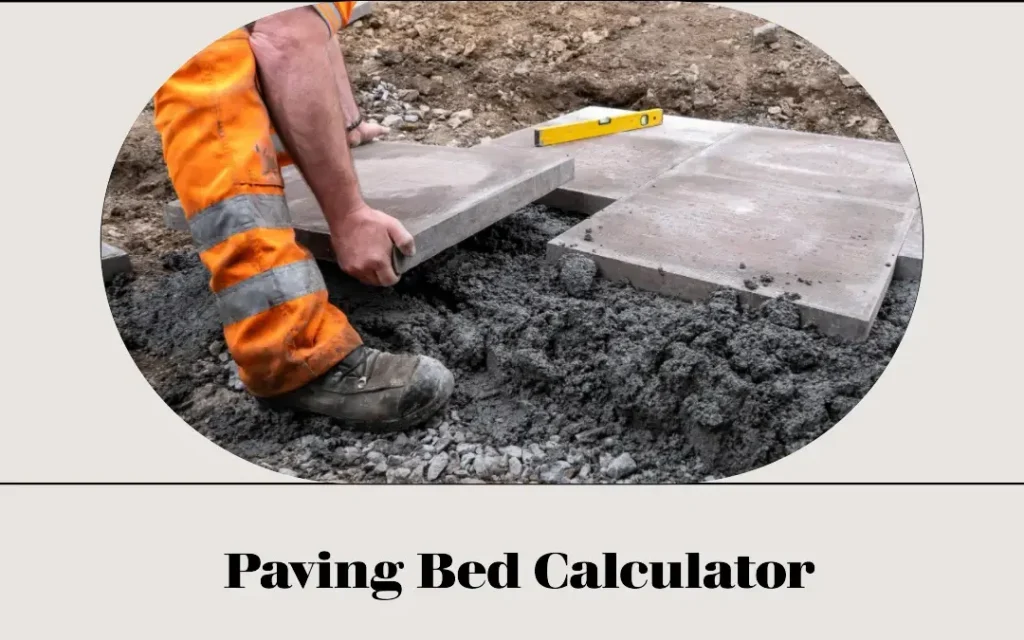When it comes to construction, the right mix ratio for concrete and mortars is crucial to ensure the strength, durability, and longevity of the structure.
Whether you’re a seasoned contractor or a novice enthusiast, getting the right mix ratios is fundamental to success.
In this comprehensive guide, we will delve into various concrete mix ratios, including C20, C25, C40, and standard concrete mix ratios.
Additionally, we’ll explore the importance of the ballast-to-cement ratio and provide a handy concrete mix ratio calculator.
| Application | Cement | Sand | Aggregate | Lime |
|---|---|---|---|---|
| C20 Concrete | 1 | 2 | 4 | |
| C25 Concrete | 1 | 1 | 2 | |
| C40 Concrete | 1 | 1 | 1.5 | |
| Mortar for Brickwork | 1 | 5 | ||
| External Render | 1 | 6 | 1 | |
| Floor Screed | 1 | 5 |
Ratios for Concrete
Before we delve into the specifics, let’s establish a solid foundation by understanding the fundamental elements of concrete mix design.
1. Cement
Cement is the binding agent in concrete and plays a critical role in determining its strength and durability. Different types of cement, such as Portland cement, Portland cement, and rapid hardening cement, are utilized based on project requirements.
2. Aggregates
Aggregates include sand, gravel, or crushed stone. The selection of aggregates greatly influences the concrete’s workability, strength, and appearance.
3. Water
Water is essential for the hydration process of cement. The water-cement ratio is a vital parameter to control the concrete’s strength and durability.
4. Lime
Lime is often added to concrete and mortar to inprove workability, it helps to pervent cracking. Lime is nornaly added ad a ratio of 1:1 with cement in render.
5. Admixtures
Admixtures are optional components that can enhance various properties of concrete, such as setting time, workability, and durability. These include plasticizers, superplasticizers, accelerators, and retarders.
C20 Concrete Mix Ratio
What is C20 Concrete?
C20 concrete is a commonly used mix in construction projects. It offers a balance between cost-effectiveness and strength. The “C” in C20 stands for “Concrete,” while the number denotes its compressive strength in megapascals (MPa). In this case, C20 concrete has a compressive strength of 20 MPa. Here’s the mix ratio:
- Cement: 1 part
- Sand: 2 parts
- Aggregate (usually gravel or crushed stone): 4 parts
C25 Concrete Mix Ratio
C25 concrete is a versatile mix suitable for a wide range of applications. It offers slightly more strength than C20 concrete. Here’s the mix ratio for C25:
- Cement: 1 part
- Sand: 1 part
- Aggregate: 2 parts
C40 Concrete Mix Ratio
C40 concrete is known for its high compressive strength, making it ideal for heavy-duty applications. The mix ratio for C40 concrete is as follows:
- Cement: 1 part
- Sand: 1 part
- Aggregate: 1.5 parts
Standard Concrete Mix Ratio
Standard concrete mix ratios are often used for general construction purposes. The mix ratio typically consists of:
- Cement: 1 part
- Sand: 2 parts
- Aggregate: 3 parts
Concrete calculator
Ballast to Cement Ratio for Concrete
Ballast is an essential component in many concrete mixes. It provides stability and bulk to the mixture. The ballast-to-cement ratio can vary depending on the specific requirements of your project. However, a common ratio is:
- Ballast: 2 parts
- Cement: 1 part
To make your life easier, consider using a concrete mix ratio calculator. These tools allow you to input your desired strength and volume, and they’ll provide you with the exact proportions of cement, sand, and aggregate required for your project. This ensures accuracy and minimizes waste.
Mortar Mix Ratios
Mortar is a mixture of cement, sand, and water, with variations in ratios depending on the application. Here are some commonly used mortar mix ratios:
Cement Render Mix Ratio
- Cement: 1 part
- Sand: 6 parts
Cement render is used for exterior surfaces and offers excellent weather resistance.
Lime Mortar Mix Ratio
- Lime: 1 part
- Sand: 3 parts
Lime mortar is preferred for historic and heritage buildings due to its flexibility and breathability.
Best Mix Ratio for Rendering
- Cement: 1 part
- Lime: 1 part
- Sand: 6 parts
This mix strikes a balance between durability and flexibility, making it suitable for rendering various surfaces.
External Render Mix Ratio
- Cement: 1 part
- Sand: 4 parts
External render is specially formulated to withstand outdoor elements, providing a sturdy finish for walls.
Components of Rendering Mix
Rendering mix often includes additives like plasticizers to improve workability and reduce cracking.
Bricklaying Mix Ratios
Building Solid Structures
Bricklaying requires mortar with a different mix ratio to ensure proper adhesion and strength.
Sand and Cement Mix Ratio for Bricklaying
- Cement: 1 part
- Sand: 5 parts
Best Mortar Mix Ratio for Bricklaying
The best mix ratio depends on factors like load-bearing requirements and environmental conditions. However, a mix of 1 part cement, 1 part lime, and 6 parts sand is a versatile choice for most bricklaying projects.
Floor Screed Mix Ratio
Creating a Smooth, Level Surface
Floor screed is used to create a level surface before laying floor coverings. The mix ratio for floor screed is typically:
- Cement: 1 part
- Sand: 3-5 parts
The exact ratio can vary based on the specific requirements of your project.
When it comes to construction and masonry work, the right mortar mix ratios are essential for achieving strength, durability, and a professional finish
In conclusion, the mix ratios outlined in this guide are valuable starting points, but they are not set in stone. Flexibility and adaptation are essential in construction. By understanding the principles behind mix ratios and considering the unique needs of your project, you can achieve outstanding results and ensure that your structures stand the test of time.
Author Profile

- I have many qualifications and certificates in construction, such as City & Guilds, CPCS and CITB. These are the highest standards of training and competence in the industry. Whether you need help with plumbing, carpentry, bricklaying or any other trade, I’m here to help you succeed.
Latest entries
- March 6, 2024CalculatorsWall Tile Calculator: How Many Wall Tiles Do You Need
- February 29, 2024Roof Truss Cost Calculator
- December 31, 2023Wage Take Home Calculator
- December 30, 2023Day Rate Calculator



